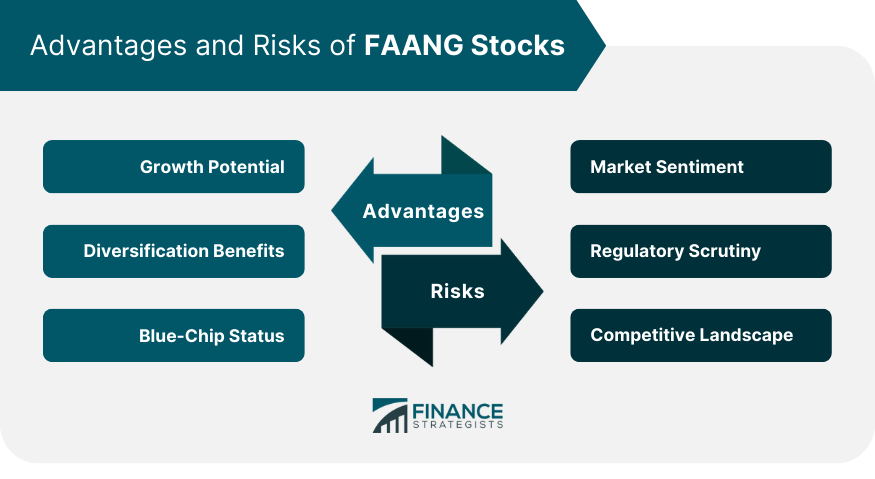
Netflix, the global streaming behemoth, has not merely redefined how we consume entertainment; it has profoundly reshaped the very economic landscape for actors. From breakout sensations to seasoned A-listers, the question of “how much do Netflix actors make?” is a constant source of fascination and, for industry analysts, often a complex puzzle to unravel. Unlike the relatively transparent structures of traditional network television, Netflix’s compensation model is an intricate web of upfront payments, strategic negotiations, and a host of variables that make pinning down exact earnings a continuous exercise in informed estimation.
This ongoing intrigue fuels the speculation that frequently surrounds high-profile deals and individual star power. While some figures become public, the deeper mechanisms behind these numbers — the backend bonuses, the specifics of production deals, and the long-term earning potential without traditional residuals — remain subjects of intense industry discussion and careful guesswork. It’s a system designed to attract top talent and secure exclusive content, but one that often keeps the full financial picture tantalizingly out of reach for outside observers.
In this in-depth analysis, we will pull back the curtain on Netflix’s multifaceted payment ecosystem, offering an authoritative look at how stars are compensated, what drives their salaries, and why the financial trajectory of a Netflix actor is a distinct and evolving story within Hollywood’s ever-changing narrative. We’ll delve into the various tiers of talent, from global icons to emerging faces, and examine the unique factors that distinguish a Netflix paycheck from its network counterparts, shedding light on the “why analysts are guessing” behind the headlines.
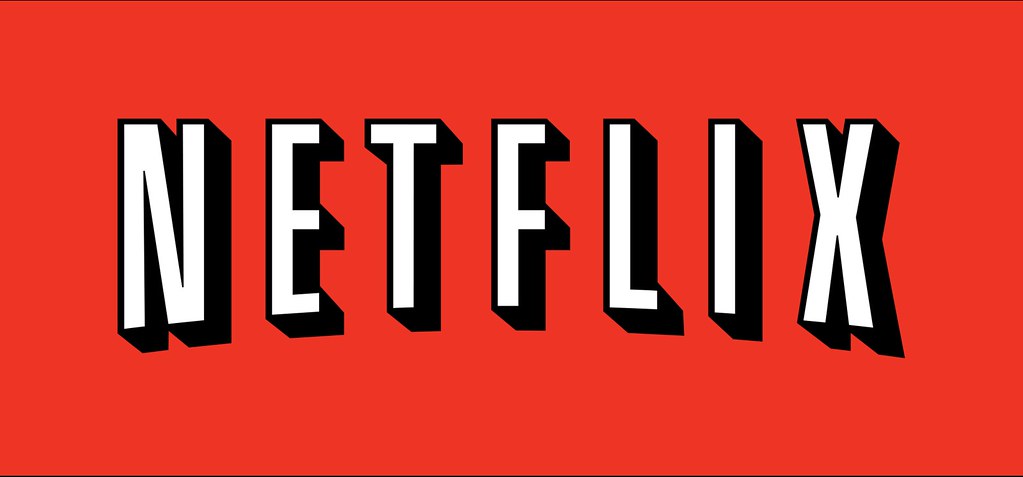
1. **Netflix’s Unique Approach to Talent Compensation**Netflix, as the world’s largest subscription-based streaming service, didn’t just revolutionize content distribution; it fundamentally altered how actors are compensated within the entertainment industry. A cornerstone of this transformation is its distinct payment model, which predominantly focuses on “front-loading payment rather than offering the traditional residuals associated with network television.” This strategic shift moves away from the decades-old practice where actors would receive ongoing payments each time an episode aired or was re-broadcast.
Under the Netflix paradigm, actors typically enter into agreements where the platform “buys out the rights to a show upfront.” This means that instead of a series of smaller, ongoing checks tied to viewership or syndication, actors receive “a one-time negotiated payment for their work.” This lump sum is designed to cover all anticipated uses of the content on the platform, simplifying the payment structure but also centralizing the financial benefits into a singular, often substantial, upfront fee.
This model presents a dual-edged sword for talent. On one hand, it “can be advantageous in the short term—especially for actors who negotiate high fees,” offering immediate financial security and a clear, substantial payday. For a star commanding millions, this upfront payment ensures a significant sum in their bank account almost immediately. However, it simultaneously “removes the long-term financial benefit of rerun royalties,” which have historically been a critical source of passive income for actors on traditional networks, sometimes extending for decades after a show’s initial run. This fundamental difference is a key element that analysts scrutinize when evaluating a Netflix star’s total career earnings.
Read more about: The $100 Million Maverick: Decoding Tom Cruise’s Astronomical Earnings from Top Gun
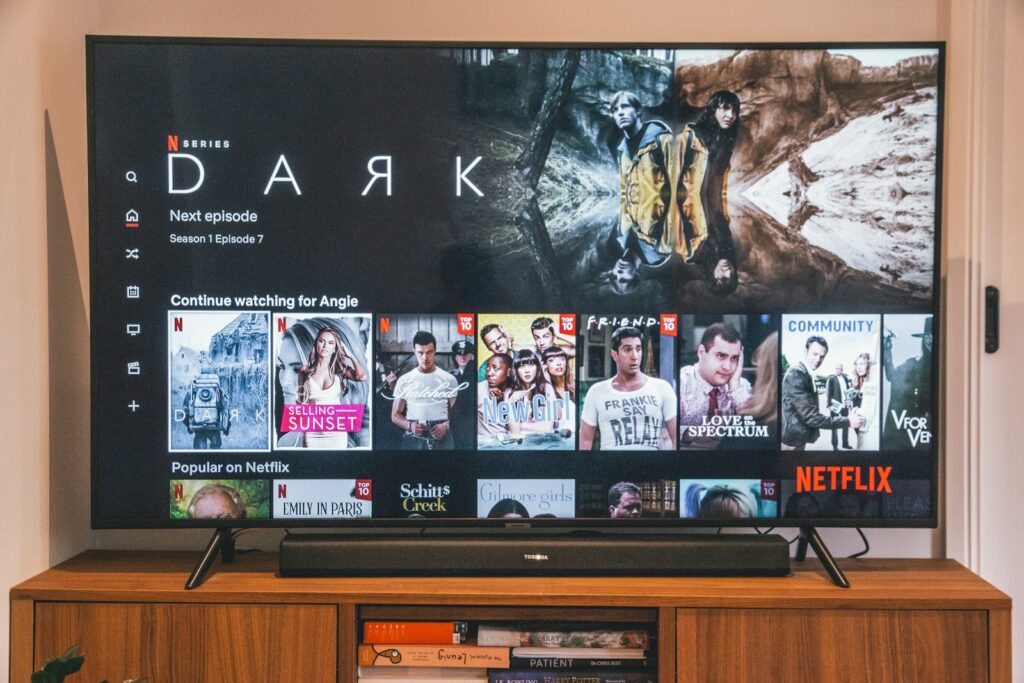
2. **The Pinnacle of Pay: A-List Stars on Netflix**For the titans of Tinseltown, those “A-list actors with strong box office and television track records” command significant paychecks on Netflix. These performers bring with them not just immense talent but also a proven ability to draw massive audiences, a commodity Netflix is more than willing to pay top dollar for. Their involvement often guarantees immediate global recognition and a baseline of viewership, making them invaluable assets in the fiercely competitive streaming landscape.
Consider the compelling case of Henry Cavill, who embodied Geralt in *The Witcher*. For Season 1, Cavill “reportedly earned $400,000 per episode.” As the fantasy epic garnered immense popularity and became a bonafide “fan-favorite,” his compensation saw a dramatic increase, jumping to a “reported $1 million per episode by Season 3.” This trajectory exemplifies Netflix’s willingness to reward success and retain marquee talent, showcasing how rapidly a star’s value can escalate on the platform once a series establishes itself.
Similarly, the beloved duo of Winona Ryder and David Harbour, stalwarts of *Stranger Things*, demonstrated remarkable salary growth. By the third season, both actors were “reportedly earning around $350,000 per episode.” The show’s “massive popularity” further propelled their earnings, with “some top cast members making upwards of $500,000 per episode” in subsequent seasons. This surge underscores how critical a show’s success is to individual actor earnings.
Even the groundbreaking political drama *House of Cards* showcased the immense earning potential for an A-lister. Kevin Spacey, during his tenure on the series, earned “a whopping $500,000 per episode,” making him one of the highest-paid television actors globally at the time. These figures collectively underscore the substantial investment Netflix makes in its most valuable and recognizable talent, recognizing their power to define and drive the success of its original content.

3. **Navigating the Mid-Tier: Recognizable Talent’s Earnings**Below the stratospheric heights of the A-list, a crucial segment of talent forms the mid-tier, comprising “actors who aren’t quite A-list but have consistent work in film or television.” These recognizable faces, often celebrated for their solid performances in various projects, command respectable and often lucrative paychecks on Netflix, reflecting their experience and audience appeal. Their consistent presence helps ground many successful Netflix productions, offering a blend of familiarity and fresh talent that is essential for diverse storytelling.
A prime illustration of this mid-tier compensation can be seen with Keri Russell and Rufus Sewell for their roles in *The Diplomat*. Both actors “reportedly made between $150,000 to $200,000 per episode,” a testament to their established careers and proven ability to lead a compelling drama. This range signifies a substantial earning potential for actors who bring a certain level of gravitas and audience recognition without necessarily being global box-office draws in every project, contributing significantly to a show’s appeal.
The ensemble cast of *Orange is the New Black* offers another fascinating case study for the mid-tier. While the show famously featured a diverse array of actors with varying degrees of prior fame, many were “relatively unknown before the series aired.” In its earlier seasons, “most cast members reportedly earned between $20,000 to $35,000 per episode.” This initial range reflected their experience level at the time, offering a solid starting point within a major production.
However, as *Orange is the New Black* blossomed into a series of “massive popularity,” these initial rates were “increased negotiated” significantly. This demonstrates that a successful show can elevate an entire cast, pushing many into a more comfortable mid-tier earning bracket. Their growing recognition and the show’s global footprint empowered these actors to command higher compensation, further cementing their value to the platform and illustrating the potential for upward mobility within Netflix’s payment structure.

4. **From Unknown to Icon: Newcomer Salaries and Growth**The pathway to stardom on Netflix often begins with more modest compensation, particularly “for actors who are either completely new or haven’t yet built up a significant résumé.” For these emerging talents and first-time performers, the streaming giant’s initial payments are, as expected, “modest in comparison to stars.” Newcomers can typically anticipate “earning as low as $10,000 to $25,000 per episode,” offering a foundational income for their burgeoning careers while they build their profiles.
The young ensemble of *Stranger Things* provides an exceptional narrative of this growth trajectory. Actors like Millie Bobby Brown, Finn Wolfhard, and Gaten Matarazzo, who would soon become household names, “began the series earning around $20,000 to $30,000 per episode.” At this stage, they were largely unknown, and these figures represented standard rates for up-and-coming talent in a major production, albeit one with immense, yet then unproven, potential.
However, the phenomenon of *Stranger Things* and the meteoric rise of its young cast members dramatically altered their financial prospects. Due to the show’s overwhelming success and their rapidly escalating fame, these actors successfully “negotiated raises.” By Season 3, their per-episode earnings had soared to “reportedly $200,000 to $250,000,” a monumental increase that cemented their status as highly sought-after talent in Hollywood. This trajectory highlights how quickly an actor’s market value can shift in the fast-paced streaming world.
Millie Bobby Brown, in particular, was speculated to be “possibly commanding more due to her central role and growing film career,” illustrating how pivotal roles and individual stardom can lead to exceptional salary growth even from humble beginnings on the platform. Her evolution from newcomer to an industry icon, complete with significant earnings and even production deals, exemplifies the dream scenario for many aspiring actors entering the Netflix ecosystem.

5. **The Residuals Riddle: Why Netflix’s Model Differs**One of the most significant distinctions in Netflix’s compensation philosophy, and a primary driver of analyst “guessing,” lies in its approach to residuals. “Unlike traditional TV networks, Netflix does not offer residuals in the same way,” fundamentally altering a long-standing component of actor income. In the conventional network television paradigm, actors would consistently “receive payments (residuals) each time an episode airs,” creating a steady, long-term revenue stream that could last for decades, especially for syndicated shows.
Netflix, however, operates on a different wavelength. Its model dictates that it “typically buys out the rights to a show upfront,” meaning that actors’ compensation is predominantly a “one-time negotiated payment” for their entire body of work on a particular project. This crucial difference implies that “all compensation is included in the upfront contract,” rather than being spread out over time through subsequent broadcasts or streaming events, simplifying its financial obligations for content usage.
While this “lump sum payment model can be advantageous in the short term—especially for actors who negotiate high fees,” providing immediate and substantial financial security, it comes with a considerable trade-off. It “removes the long-term financial benefit of rerun royalties,” which historically provided a passive income safety net for many actors, sometimes even after their careers had slowed down. This shift has significant implications for an actor’s overall financial planning.
The Writers Guild of America (WGA) and Screen Actors Guild (SAG-AFTRA) have, according to the context, engaged in negotiations where streaming platforms like Netflix “often negotiate residuals differently, usually based on the number of subscribers and the show’s international reach.” However, it’s critically important to note that “these payments are generally much lower than network residuals,” diminishing a significant potential income stream for actors in the streaming era.
This unique structure has profound implications for an actor’s financial longevity. “While this offers a level of financial security, it also means that even if a show becomes a cult classic watched for years, the actor’s paycheck won’t increase beyond what was originally agreed upon.” This critical difference is a core reason why evaluating the true “value” of a Netflix deal requires a distinct analytical lens, moving beyond the simple per-episode rate to consider the full scope of an actor’s career earnings potential and the absence of ongoing backend participation.

6. **Key Factors Driving Netflix Actor Salaries**The financial tapestry of Netflix actor compensation is woven from a variety of threads, with “several factors” dramatically impacting what the streaming giant is ultimately “willing to pay an actor.” It’s a complex equation where each variable holds significant weight in determining the final figure, requiring astute negotiation and an understanding of market dynamics. This multifaceted approach is a significant reason why precise salary prediction is so challenging for industry observers, leading to constant speculation.
**Star Power** stands as a paramount factor. An actor with a “proven box office draw or critical acclaim can lead to higher upfront payments.” Their established fan base and reputation for delivering quality performances are immediate assets, reducing the risk for Netflix and increasing the potential for global viewership. This intrinsic value, built over years in the industry, often translates directly into a more robust initial offer, setting them apart from less established talent and justifying substantial investment.
The **Show Budget** also plays a critical role. “High-concept shows with large production budgets often allocate more for casting,” recognizing that stellar talent is essential to bringing ambitious narratives to life. Simultaneously, the **Episode Count** per season, a notable “trend in streaming” towards “fewer episodes,” can paradoxically “mean higher per-episode rates.” With fewer episodes, the total contract value might still be competitive, but the individual episode rate can inflate significantly to compensate for the limited work.
Furthermore, **Negotiation Leverage** is indispensable. “Agents and managers play a significant role in securing better contracts,” advocating fiercely for their clients and leveraging their market value, experience, and perceived worth. Their expertise in understanding industry benchmarks, strategically positioning their clients, and knowing Netflix’s priorities can add substantial figures to an actor’s earnings, making a skilled representative invaluable in the high-stakes world of streaming.
Lastly, **Global Appeal** has become increasingly vital. “Actors with international recognition may earn more due to Netflix’s global footprint,” as their presence can instantly unlock vast audiences across multiple territories, making them an even more attractive investment for the worldwide platform. This global reach is a unique advantage Netflix holds, influencing who they cast and how much they pay, especially as the service expands its original content slate in diverse languages and cultures.
Read more about: The $100 Million Maverick: Decoding Tom Cruise’s Astronomical Earnings from Top Gun
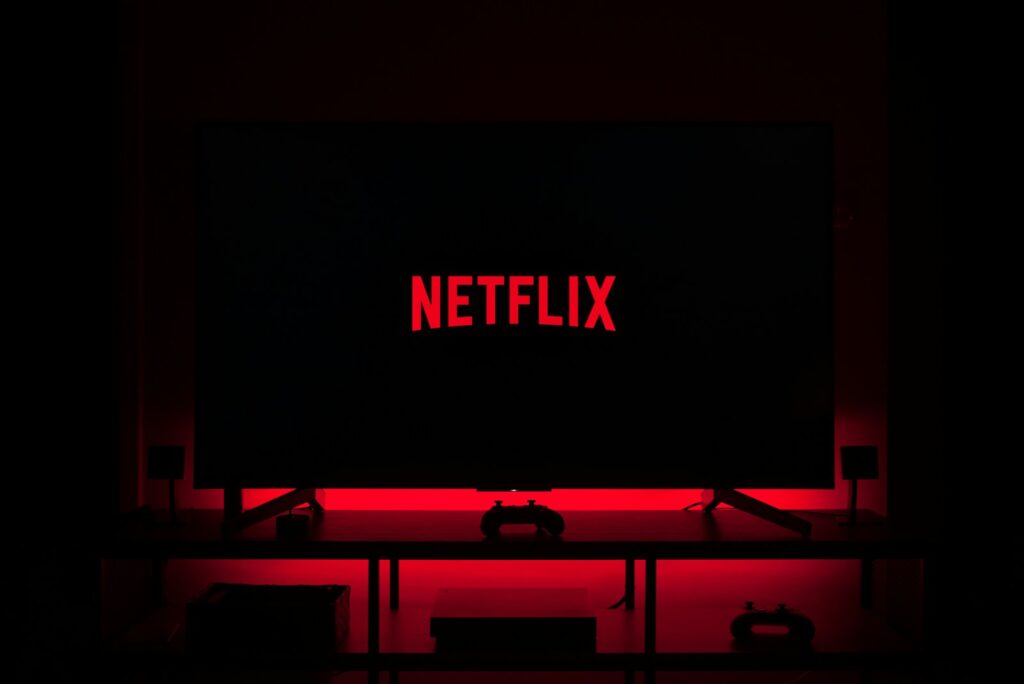
7. **The Unsung Workforce: How Much Do Background Actors Earn?**While the spotlight often shines on the leading stars, a crucial and often overlooked component of any production is its background actors, affectionately known as “extras.” These individuals are indispensable for creating immersive and believable worlds within Netflix series, populating scenes from bustling city streets to crowded courtrooms. Their compensation, while significantly lower than their celebrated counterparts, is a fundamental part of the streaming giant’s overall talent expenditure.
Typically, background actors on Netflix productions can expect to earn between $150 to $250 per day. This daily rate is not static, however, as it fluctuates based on several factors. These include the specific demands of the production, the total hours worked during a shoot, and whether the individual holds union affiliation. Union background actors, those under the Screen Actors Guild‐American Federation of Television and Radio Artists (SAG-AFTRA), generally command higher daily rates and benefit from contractual protections regarding minimum guarantees for breaks, meals, and overtime, underscoring the value of collective bargaining.
Occasionally, a background actor might experience a dramatic shift in their earning potential by transitioning into a minor speaking role. These instances, though infrequent, can significantly increase their pay, especially if the role evolves into a recurring character within the series. This pathway, from an anonymous face in the crowd to a recognized presence, highlights a unique upward mobility within the industry’s often rigid hierarchy, offering a glimpse of expanded opportunity even at the foundational level of production.

8. **Global Stages, Global Paychecks: What About International Netflix Stars?**Netflix’s unparalleled global footprint means its talent pool extends far beyond Hollywood’s traditional boundaries, embracing actors from every corner of the world. However, the remuneration structures for international Netflix stars often tell a different story than their U.S.-based peers, shaped by local industry standards, market size, and the eventual global impact of their respective shows. It’s a complex interplay of opportunity and established regional economics.
The wildly popular Spanish series *Money Heist* (originally *La Casa de Papel*) provides an illuminating example. Its cast initially began on modest national television salaries, typical for the Spanish market. When Netflix acquired the series and propelled it to international superstardom, these actors were able to renegotiate their contracts significantly. While specific figures remain undisclosed, industry estimates suggest leads like Úrsula Corberó and Álvaro Morte saw their earnings multiply several times over, though even these elevated sums were generally not comparable to top-tier Hollywood paychecks, reflecting distinct market valuations.
An even more striking illustration comes from South Korea’s *Squid Game*, which became a global phenomenon. For the first season, lead actor Lee Jung-jae reportedly earned an estimated $300,000 for the entire production—a figure considered a remarkable bargain given the show’s unprecedented worldwide impact. However, the subsequent success dramatically altered his financial outlook. For the eagerly anticipated Season 2, his salary is projected to skyrocket to an estimated $1 million per episode, a testament to Netflix’s strategic willingness to invest heavily in proven international properties and talent that deliver immense global viewership.
This trajectory underscores the unique blend of opportunity and limitation for international stars within the Netflix ecosystem. While the platform offers an unparalleled stage for global exposure and potential renegotiations, initial pay often adheres to local market conditions, with exponential growth contingent upon a show’s viral success. The financial journey for an international Netflix actor is, therefore, a dynamic and evolving narrative, directly tied to the platform’s worldwide strategic ambitions.
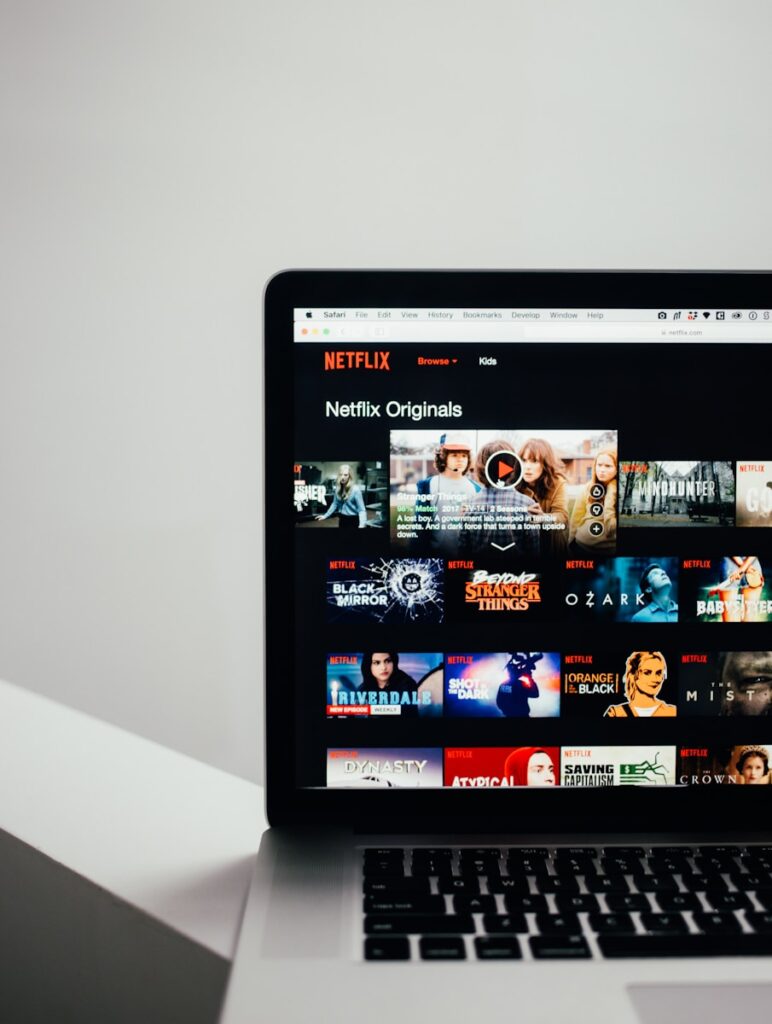
9. **Netflix’s Elite Earners: The Highest Paid Stars of 2025**In the fiercely competitive streaming landscape of 2025, Netflix continues to make substantial investments in A-list talent, recognizing that star power is a key differentiator in attracting and retaining global subscribers. The platform’s commitment to securing top-tier performers for its blockbuster films and chart-topping series is evident in the staggering paychecks commanded by its most sought-after actors. These lucrative deals represent more than just compensation for talent; they are strategic partnerships focused on global appeal, production collaborations, and long-term brand building within the Netflix universe.
Topping the list of Netflix’s highest earners in 2025 is Millie Bobby Brown, who has cemented her status as Netflix royalty with reported earnings of $12 million. Her continued success stems from her iconic leading role in *Stranger Things* and an anticipated sequel, *Damsel*. Beyond acting, Brown’s unique production deal with Netflix grants her creative control and backend profits, making her not only one of the highest-paid young actresses but also one of the youngest producers to secure such an agreement with the streaming giant, showcasing Netflix’s investment in multi-hyphenate talent.
Henry Cavill follows closely, securing $10 million for his comeback in the spy-thriller Netflix original, *Argylle: Retribution*. Despite bidding farewell to *The Witcher*, Cavill’s immense global fanbase and established action-hero credentials make him an invaluable asset for high-concept projects. Rumors of his involvement in a major Netflix series reboot further indicate the platform’s sustained interest in leveraging his star power for future tentpole productions, signifying continued high-value compensation.
Other notable figures underscore Netflix’s strategic investments. Jenna Ortega, with reported earnings of $9.5 million, continues her reign thanks to the global phenomenon of *Wednesday* Season 2, augmented by backend bonuses that reflect her profound impact on Gen Z audiences. Chris Hemsworth, banking $9 million for *Extraction 3*, serves as both lead actor and executive producer, his consistent performance as a reliable action star ensuring his continued high-earner status. These examples demonstrate Netflix’s willingness to reward proven performers who guarantee global appeal and actively engage in the production process.
Rounding out the top echelons are stars like Gal Gadot ($8.5 million) for *Nightfall Protocol*, Adam Sandler ($8 million) continuing his successful production deal with consistent Top 10 hits, Charlize Theron ($7.5 million) returning in *The Old Guard 2: Redemption* with producer credits, Pedro Pascal ($7 million) joining *Shadow Cabinet*, Anya Taylor-Joy ($6.8 million) in *The Pale Garden* benefiting from streaming bonuses, and Idris Elba ($6.5 million) for *Luther: Genesis*. This diverse group collectively illustrates Netflix’s comprehensive strategy: paying top dollar for actors with international recognition, those who engage in production partnerships, and artists capable of building powerful, enduring brands across various genres.
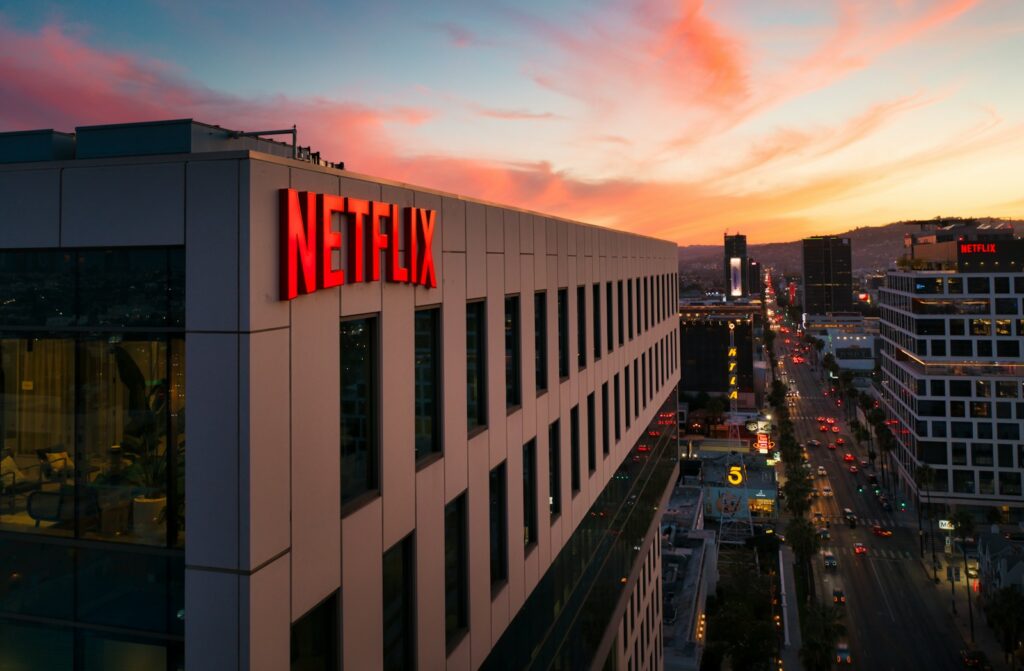
10. **Netflix vs. Traditional TV: A Compensation Showdown**The financial dynamics for actors operating in the Netflix ecosystem present a stark contrast to the long-established compensation models of traditional television networks. This fundamental divergence is a critical point of analysis for industry insiders, illuminating the unique advantages and trade-offs inherent in streaming-era contracts. At its core, the difference boils down to upfront payments versus long-term residuals.
Traditional network television, exemplified by powerhouses like CBS, NBC, or ABC, has historically operated on a model where actors receive an initial episodic fee coupled with ongoing residual payments. The iconic cast of *Friends*, for instance, famously negotiated $1 million per episode during its final seasons. Crucially, they also continue to receive millions annually in residuals, a steady income stream generated each time an episode airs in syndication or is licensed for re-broadcast. This enduring revenue provides a significant financial safety net, often lasting for decades after a show’s original run, turning successful series into lifetime annuities for their stars.
Netflix, however, has consciously departed from this traditional structure. Its model typically involves buying out the rights to a show and an actor’s performance upfront. This means that all compensation is encompassed within a one-time, pre-negotiated lump sum payment. Unlike network TV, Netflix shows do not syndicate in the traditional sense; they remain on the platform as long as the service retains the rights. Consequently, actors are generally not compensated for each new viewer or for the show’s sustained popularity over time beyond their initial contract.
This lump sum model offers a distinct form of financial security, particularly for actors who possess the leverage to negotiate high upfront fees, ensuring an immediate and substantial payday. However, the trade-off is significant: it entirely removes the long-term financial benefit of rerun royalties, a cornerstone of actor income in previous decades. Even if a Netflix series achieves cult classic status and is streamed by millions for years, an actor’s paycheck will not increase beyond what was originally agreed upon, creating a definitive financial ceiling that contrasts sharply with the open-ended potential of traditional residuals.

11. **Broader Industry Salary Determinants: Beyond Actor Fame**While an actor’s fame and performance are undeniably crucial, their salaries on Netflix and across the broader entertainment industry are also profoundly shaped by universal factors that influence compensation in almost any professional field. Understanding these broader industry salary determinants provides a more comprehensive view of how financial value is assigned, extending beyond the individual’s star power to the wider economic and market forces at play. These are the underlying principles that companies, including Netflix, navigate when constructing pay scales.
**Experience & Skills** stand as paramount factors. Just as in tech or finance, if an actor possesses highly specialized skills or extensive experience that is difficult to find—be it a unique comedic timing, dramatic gravitas, or a proven ability to perform complex stunts—their earning potential significantly increases. In the wider market, having specialized skills like AI development or creative content management can lead to top-tier pay, and similar principles apply to the entertainment sector. Employers set salary determination processes based on the scarcity and demand for particular abilities, influencing not only actors but also niche roles like Netflix Ratings Strategists who combine creativity with strategic insight.
The **Industry & Role** itself, along with **Company Size & Revenue**, also heavily dictate compensation. Industries like tech and finance typically offer higher base pay due to their economic structures, and within entertainment, roles in high-budget, globally distributed projects will naturally command more than smaller, regional productions. Larger, more profitable companies like Netflix or Google have deeper pockets for salaries, enabled by their ability to attract and retain top talent globally. They utilize structured salary data to maintain competitiveness, contrasting with smaller businesses that might offer unique benefits but generally operate with more constrained budgets.
Furthermore, **Market Demand & Job Trends** play a critical, often dynamic, role. When there is a surge in demand for a particular genre—say, fantasy epics or gritty crime dramas—and a limited supply of actors suited for those roles, salaries will naturally rise. This mirrors trends in other sectors where roles like digital moderators, content strategists, or AI trainers command six-figure salaries due to surging market need. For actors, this means aligning with trending narratives or possessing highly sought-after performance styles can significantly enhance their market value and lead to more lucrative deals, as Netflix strives to curate bingeworthy content that captures prevailing cultural zeitgeists.
These broader determinants illustrate that while the glamour of Hollywood often focuses on individual celebrity, the financial realities are deeply rooted in economic principles that govern all industries. Netflix, in its pursuit of excellence and global dominance, must align its talent compensation with these market forces, ensuring its offers remain competitive within the evolving landscape of entertainment and employment.

12. **The Evolving Landscape: Netflix’s Impact on Actor Economics and Future Outlook**Netflix has undeniably carved out a unique and transformative space within the economics of television acting, presenting a landscape of both immense opportunity and distinct limitations. It has fundamentally reshaped how talent is valued and compensated, moving beyond the traditional models to forge a new path in the digital age. This ongoing evolution continues to challenge and excite industry observers, prompting continuous analysis of its multifaceted impact on careers.
For many, Netflix has indeed been a “golden ticket,” propelling actors to global fame and offering lucrative upfront contracts that provide immediate financial security. The stories of Millie Bobby Brown’s ascent or Lee Jung-jae’s projected earnings demonstrate the immense potential for wealth and recognition on the platform. Yet, for others, particularly newcomers, it serves as a crucial “stepping stone,” offering foundational experience and a solid start in an otherwise competitive industry, albeit with more modest initial compensation. The trade-off remains the lack of traditional residuals, a point of continuous debate for talent and their representatives.
As the “streaming wars” intensify and platforms vie for prestige content and subscriber loyalty, the investment in star power is only expected to climb. Netflix, as one of the leading players, will undoubtedly continue to pump out original content, meaning the numbers—and the actors’ bank accounts—are poised to grow. These high-value deals are less about simple episodic rates and more about a complex negotiation of global appeal, strategic production partnerships, and the long-term cultivation of an actor’s brand within the Netflix universe, integrating them deeper into the creative and financial success of the platform.
Netflix’s compensation model represents a seismic shift from the past, offering actors substantial upfront payments in exchange for comprehensive content rights. While this provides a strong initial financial footing, it necessitates a recalibration of how actors manage their long-term financial planning in the absence of traditional rerun royalties. As the entertainment industry continues its rapid transformation, Netflix remains a powerful and influential force, constantly redefining the pathways to prosperity and prominence for actors across the globe, ensuring its economic narrative will be studied and debated for years to come.

